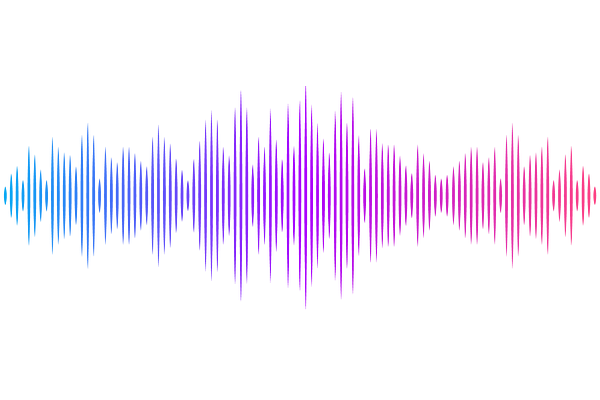Harnessing Immunoinformatic for HIV-2: Multi-Epitope Vaccine Design Targeting the env Protein (CAA28914.1)

Harnessing Immunoinformatic for HIV-2: Multi-Epitope Vaccine Design Targeting the env Protein (CAA28914.1)
Ali, M.; Arafat, Y.; Gull, S. A.; Anwar, F.; Zainab, S.; Abbas, Q.
AbstractBackground: HIV-2 is a major threat to human health because of its rising global incidence. As a result, the development of effective immunostimulatory molecules for vaccine design against HIV-2 has garnered increasing interest. Objective: The main objective was to make a multi Targeting epitoptpic vaccine for HIV-2 envelope protein using immunoinformatic approaches. Methods: Sequence were retrieved from NCBI. B & T-cell epitopes were predicted with assessments of antigenicity, allergenicity, and cytokine-inducing potential. Physicochemical properties, docking studies, and codon optimization for expression was also performed using different software tools. Findings: The designed vaccine construct (477 amino acids, molecular weight of 54 kDa) showed a strong antigenicity with VaxiJen score of 0.7146 which was non-allergenic and non-toxic with favorable physicochemical parameters (Mw: ~53 kDa; pI: 9.89; stable and soluble). The construct demonstrated broad population coverage for MHC-I (West Africa: 69.51%, Pakistan: 78%, Global: 82%) and MHC-II (Global: 99%). Out of 16 peptides analyzed, 7 were predicted as IL-10 inducers 2 as a strong IL-4 inducer, and 2 were IFN-{gamma} inducing epitopes. Structural validation confirmed high-quality folding (96% residues in favored regions; ERRAT score: 84.35). Docking results revealed a strong binding affinity to TLR2 (PDB ID: 2AOZ; energy: -1481.1 kcal/mol). MD simulation confirmed structural stability (RMSD ~1.37 nm; Rg ~3.65 nm). Immune simulation predicted robust humoral and cellular responses with sustained antibody production and cytokine activation. Codon optimization is given to a Codon Adaptation Index (CAI) of 0.628 with a guanine (G) and cytosine (C) nucleotides content of 65.48%, suitable for E. coli expression. Conclusion: This vaccine construct is immunogenic, stable, and able to elicit both antibody-mediated immunity and cell-mediated immunity responses. Furthermore, In-vitro or In-Vivo Validations are recommended to verify its effectiveness.